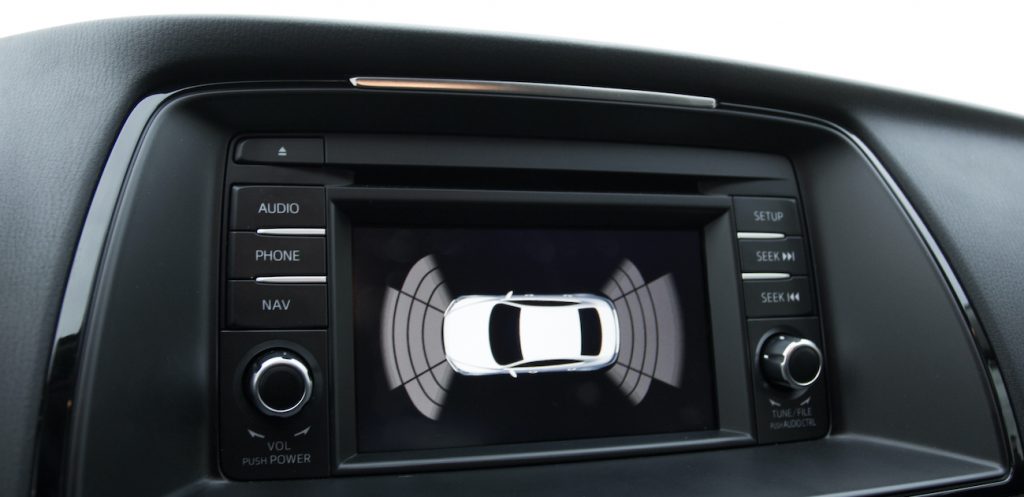Four letters critical to keeping you safe.


ADAS stands for Advanced Driver Assistance Systems. Their job is to give drivers the best technology to keep passengers, pedestrians and all road users safe.
Built into your car to supplement driver safety, ADAS are a mix of mechanical, electric and electronic aids.
One of the earliest examples of ADAS is anti-lock braking systems, or ABS. ABS prevents wheels from locking and sliding in an emergency stop by monitoring wheel speed and modulating brake pressure. This brings a vehicle to a safe stop as controllably as possible.
Some other familiar examples of ADAS are traction control (TCS), electronic stability control (ESC), adaptive cruise control (ACC), Blind Spot Warning (BSW), Lane Keep Assist (LKA) and Autonomous Emergency Braking (AEB).
As vehicles become more advanced, the data they use to assist drivers comes from carefully set up sensors. These include cameras, including stereo and infra-red cameras, radar, LiDar, vehicle and infrastructure network connectivity and computer imaging systems. The function of these sensors is essential to the effectiveness of ADAS.
Five Star Safety?
A motor vehicle manufactured today has more safety systems than at any time in history.
ADAS are required for high ANCAP safety scores. If a car scores five stars in ANCAP testing, it is because it features the latest in driver assistance systems.
Finely calibrated, both collisions and collision repairs can affect vital ADAS input sensors, knocking them out of alignment and causing them to fail or malfunction.
After a collision repair these systems need a re-calibration. If they are not correctly calibrated, a five-star vehicle could cease providing reliable five-star safety.
Keep it Real
Forward facing camera systems, for example, can be rendered unreliable by the fitment of non-genuine windscreens. Cheap aftermarket bumpers or repaired bumpers could also misplace or change sensor alignment, or obscure them entirely. All this means that in a pinch, the systems you rely on may not work as they should.
How can you make sure your ADAS are functioning as intended? Ensure your repairer uses genuine parts, follows a manufacturer approved repair method and provides proof that ADAS have been re-calibrated.
How can you be sure? Keep it real, and ask your repairer; Have genuine parts been used? Has a manufacturer repair method been followed? May I see proof ADAS has been re-calibrated?
Drive safe!